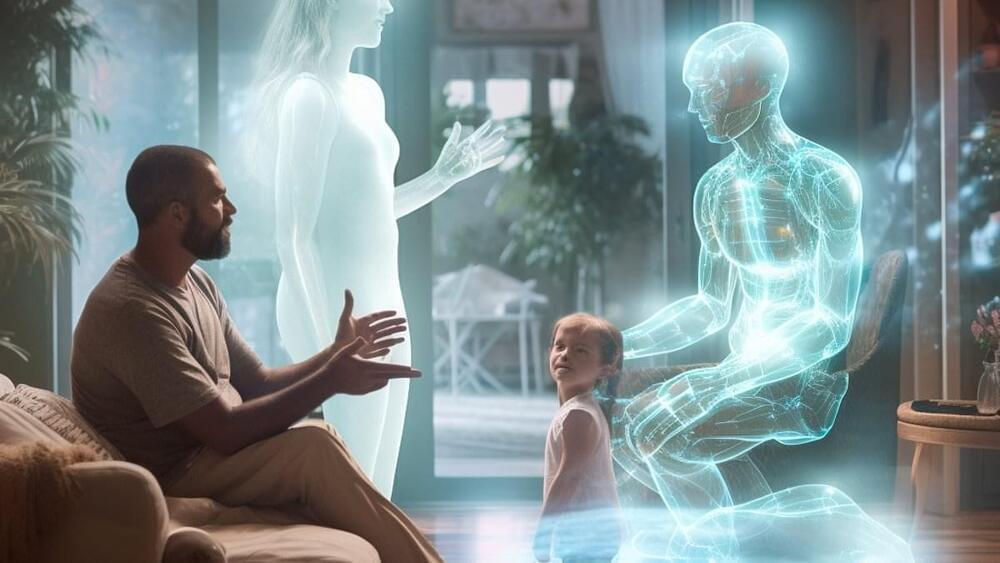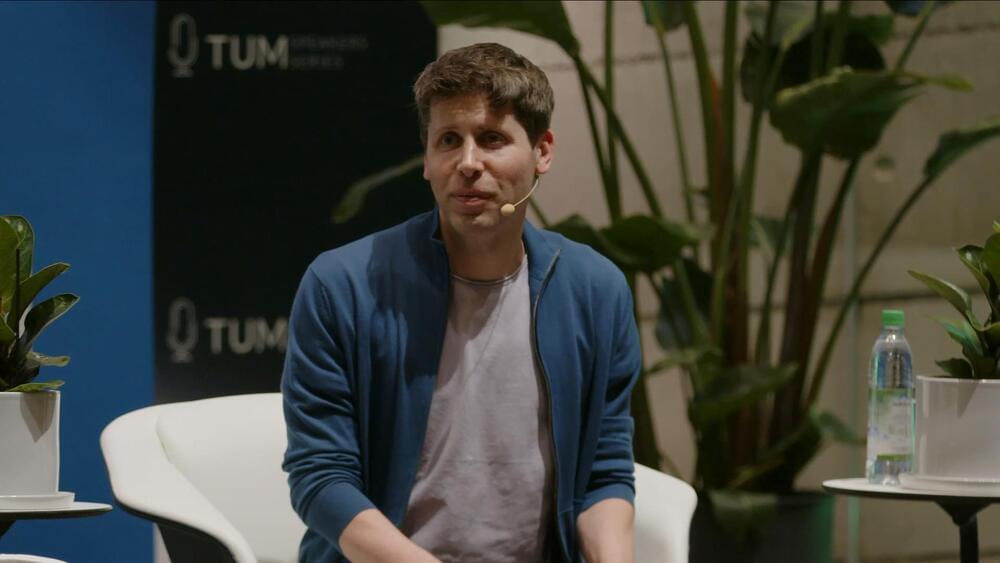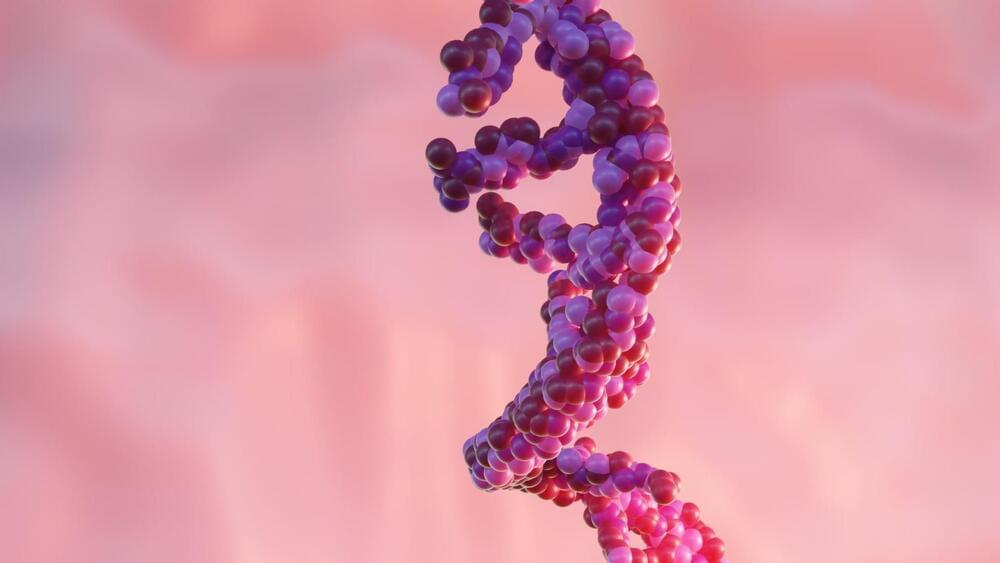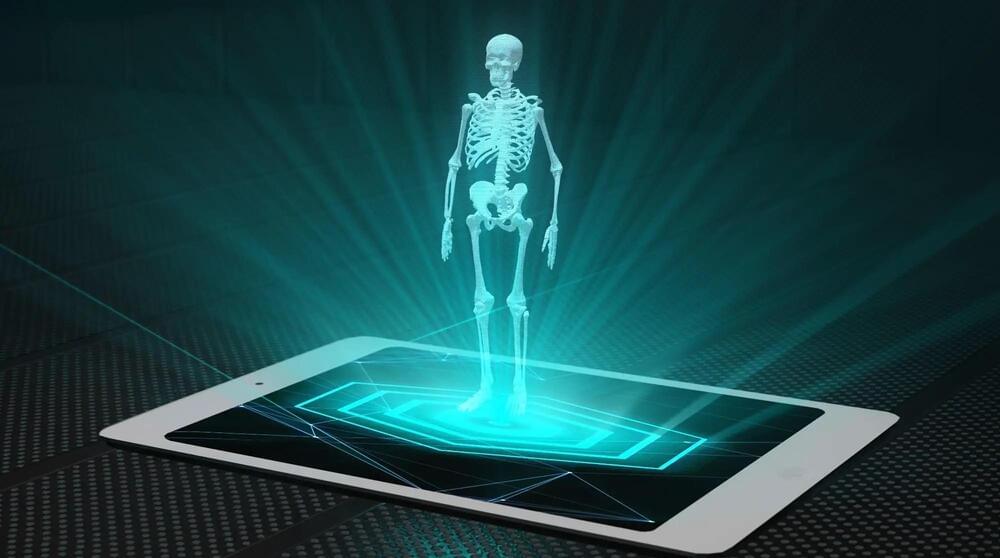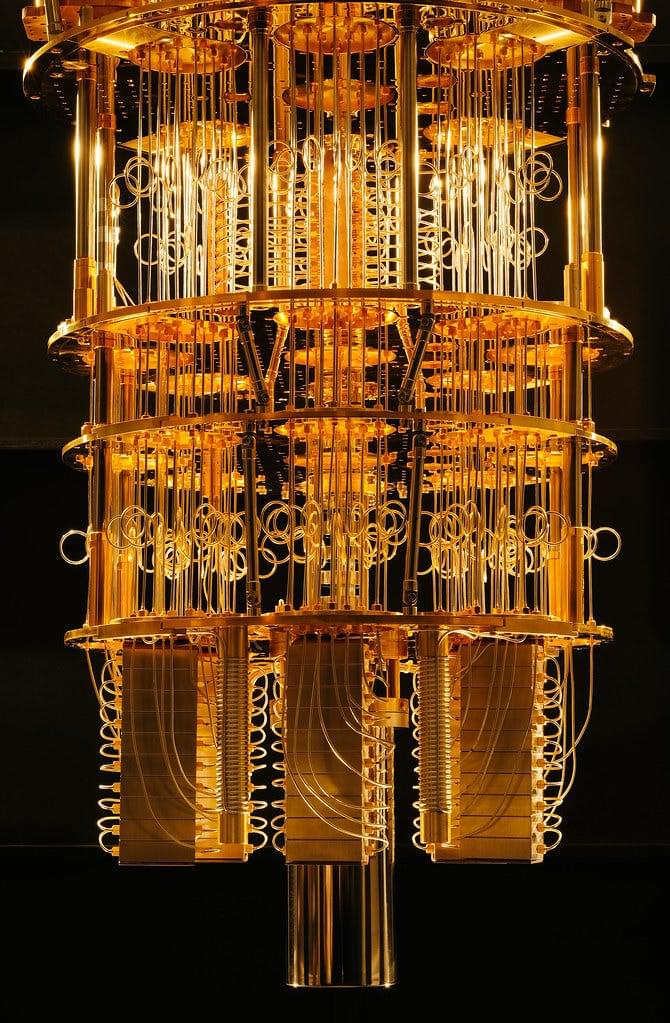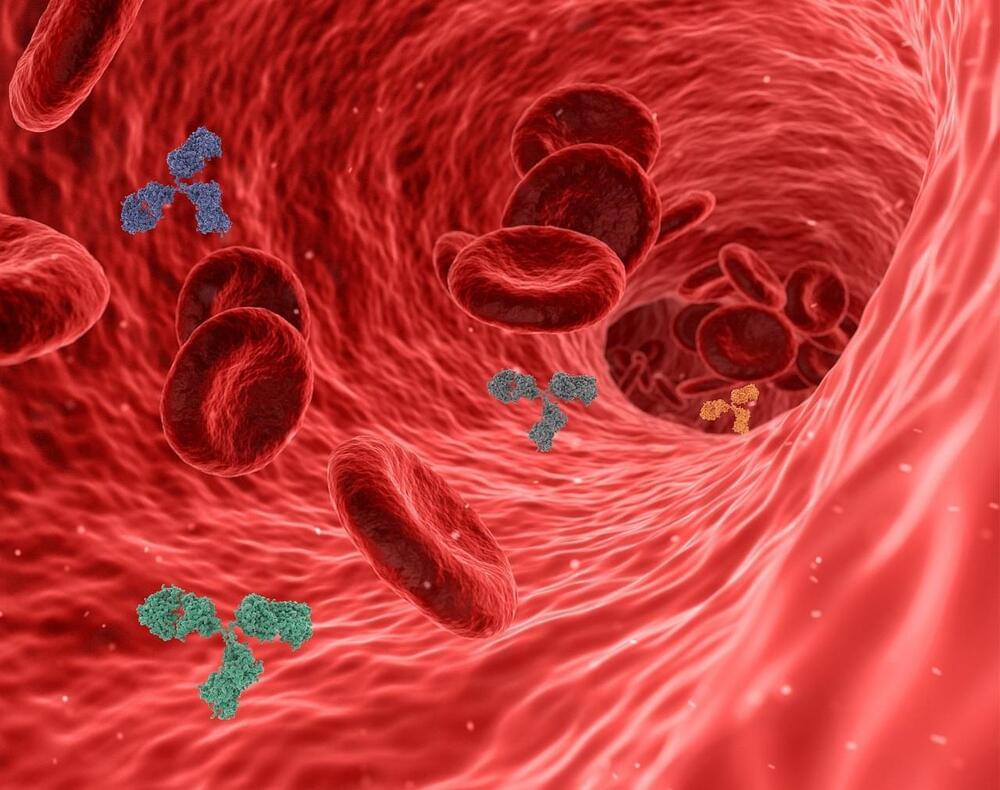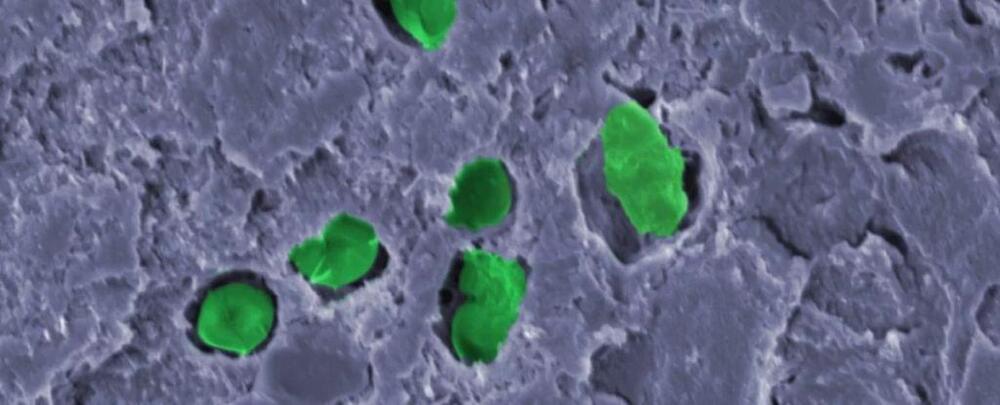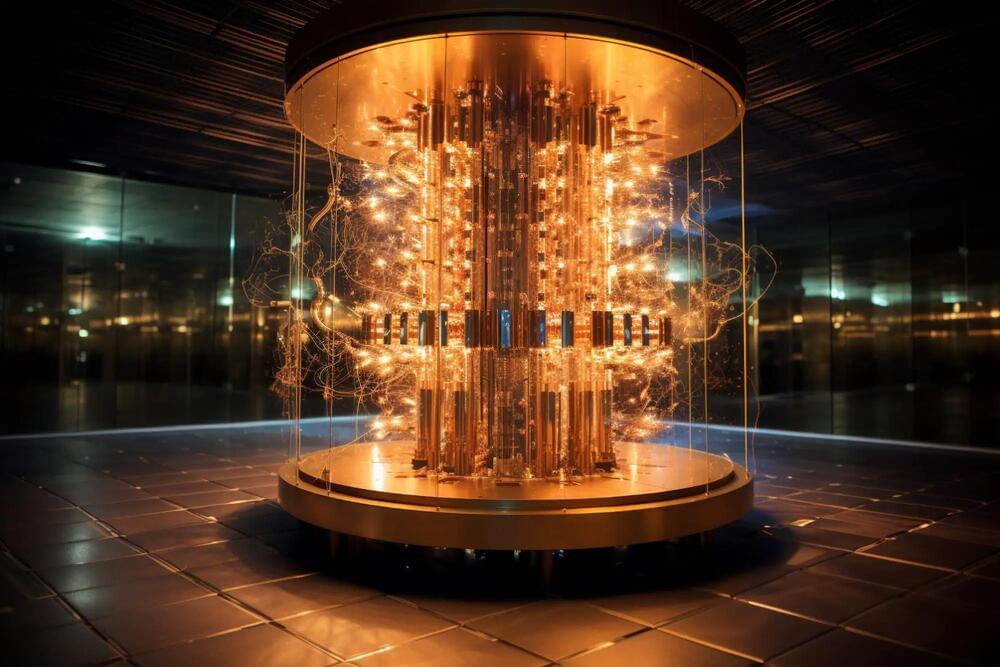Some have described the last several millennia of human dominion over the earth’s resources as the anthropocene, deriving from the Greek “anthropo” meaning human, and “cene” meaning recent. The last century in particular has been dubbed the fourth industrial revolution, due to the pace of technological innovation ushered in by the advent of computers in the middle of the 20th century.
In the past seventy years, computation has transformed every aspect of society, enabling efficient production at an accelerated rate, displacing human labour from chiefly production to services, and exponentially augmenting information storage, generation, and transmission through telecommunications.
How did we get here? Fundamentally, technological advancement draws on existing science. Without an understanding of the nature of electromagnetism and the structure of atoms, we wouldn’t have electricity and the integrated circuitry that power computers. It was only a matter of time, then, before we thought of exploiting the most accurate, fundamental description of physical reality provided by quantum mechanics for computation.
